iPhone 12 Mini: Is the return of compact smartphones a good thing?
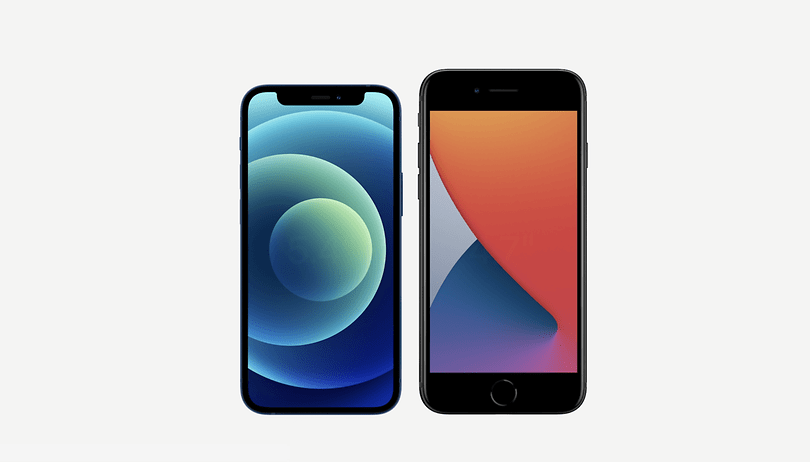

Read in other languages:
How cute are those mini smartphones? If the sticker price of €809 ($948) is not too shabby, the iPhone 12 Mini has placed compact smartphones back under the spotlight, while it does seem to be far more fashionable to carry a 200 gram (or more) device. There are decisions made by Apple that necessarily requires them to cater to mainstream consumer demands, but is the return of the compact smartphone a good thing?
"What about the Pixel 4a? What about the Pixel 5? What about the Pixel 4a 5G, huh? Why don't you talk about it, Antoine, you vile sleeper agent of the Holy Apple?," you're surely getting ready to hammer me in the comments. Of course, Apple didn't invent compact smartphones with the iPhone 12 Mini. Let me just browse Google search results that are related to the iPhone 12 Mini in order to make this post more catchy and better referenced, thank you very much.
Whether it's the iPhone 12 and iPhone 12 Mini or the latest Pixel 4a and 5, I see the compact form factor being hailed as something good by the tech press. After discussing it on Twitter with my countless INQUIRIES, followers and a few colleagues, I want to delve deeper into this subject and its possible effects on the smartphone market.
A compact smartphone obviously has its fair share of advantages, sporting a whole lot less clutter, more discreet, and can be carried around everywhere. But does being ergonomic mean sacrificing a small form factor for a larger footprint?
The race for compacts: a major challenge
"No one's going to buy a big smartphone." Some people will remember this quote from Steve Jobs in an interview. Apple's founder defended the iPhone 4 right smack in the middle of "Antennagate." He explained that the network reception problems on his flagship handset could not be solved by adopting a larger format, which would leave more room for the antenna.
Big smartphones "are impossible to handle," according to Jobs, and "no one's gonna buy that." History has shown that the patron saint of Apple is wrong. In 2020, a flagship and even mid-range models have a diagonal measurement that is close to 7 inches while tipping the scales that often approach or exceed 200 grams. Personally, I tend to prefer larger screens.
I'm not a vlogger or a TikToker who films himself in the street, I don't have friends to text on the subway and the pockets of my slim jeans are elastic enough to accommodate all the high-tech handsets that are delivered to the NextPit editorial office.
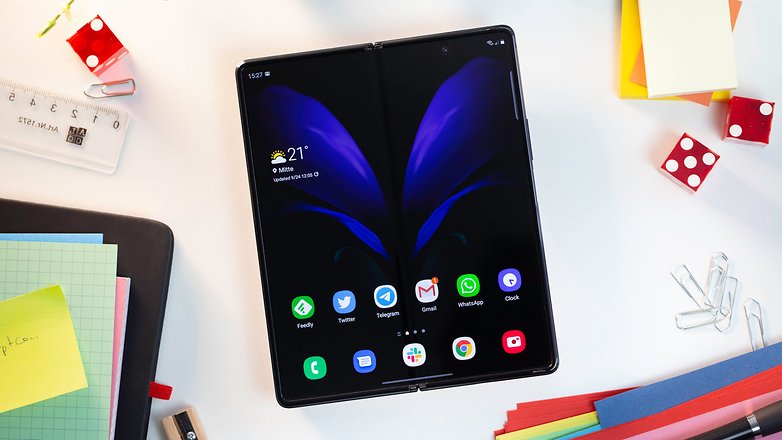
And I'm also a g4m3r, so I logically "need" a bigger screen to fully enjoy my games on my smartphone, which I hold with both hands while playing anyway. But, my objective subjectivity as a tech journalist forces me to recognise that the form factor is a big issue (badum-tsh!).
- Also read: Gaming smartphones: Do you need a 144 Hz screen, 16 GB of RAM and the latest Snapdragon chipset?
On a more serious note, more and more tech users are adopting smartphones as their primary productivity device. Even office automation is becoming almost conceivable on a smartphone alone. Since we will irretrievably use our smartphones more and more, long-term user comfort must once again become a major criterion for manufacturers.
It is then unsurprising that this trend towards compact form factors corresponds to actual market demand. I found an old survey from 2019 published by my predecessor Pierre Vitré on NextPit, then still known as AndroidPit, where it shows just which is the ideal size for a smartphone screen, and the most common figure cited by our dear readers hovered between 5.5- and 6-inches.
- Also read: Enough! I'm so sick of giant smartphones!
The amount of usage time is also another factor that does have a direct correlation to the size and weight factors. But, as with price reduction, reducing the size of smartphones would also raise the question about making concessions from the technical point of view.
Reducing the size is OK, but not the performance!
I don't want a smaller smartphone if I have to sacrifice my screen size. I don't want a smaller smartphone if I have to deal with a smaller battery, a reduced camera module, etc.
And with that in mind, the iPhone 12 Mini has achieved a victory of sorts. Despite its 5.4-inch screen, the smartphone is slightly larger than the 2016 iPhone SE with its 4.7-inch screen, hence you end up with a larger screen size in an almost similar form factor.
The iPhone 12 Mini also features exactly the same camera setup as the basic iPhone 12 and also boasts of the same A14 Bionic processor. In short, according to Apple, you end up with exactly the same hardware specifications as the 6.1-inch iPhone 12, except that it comes in a 5.4-inch iPhone 12 Mini this time around.
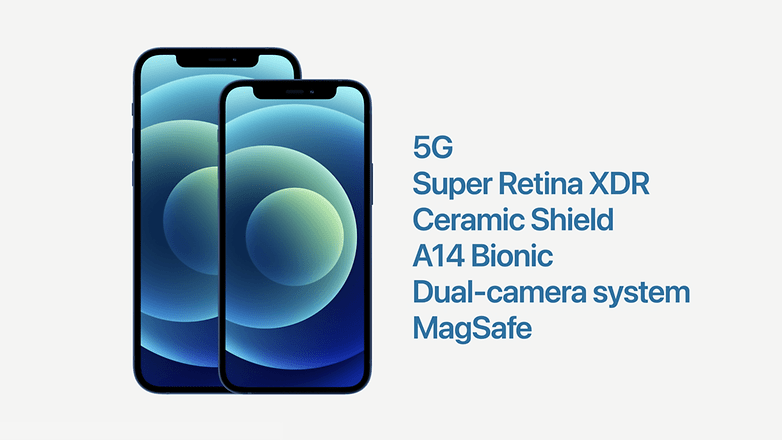
If the trend for smartphones is moving in a more compact direction, then I find the compromise more than acceptable. I'm not going to complain about an even smaller and more ergonomic format, if the ratio/screen size has been optimised to a better degree and I do not have to make any performance sacrifices simultaneously.
On the other hand, I find it hard to imagine the iPhone 12 Mini carrying the same battery capacity as the iPhone 12, for example. Apple never communicates the specifications of its batteries, so we'll have to wait for benchmark tests to be sure. However, there is very little wiggle room to cheat when it comes to the physical size of a component.
Miniaturisation has its limits and the compact form factor, if it wants to guarantee a similar performance range as larger devices, is still heavily dependent on the existing manufacturing processes.
And why not a UI suited for the Mini?
The most common argument in favour of compact smartphones that I note would be one-handed operation, more so than the clutter of icons and folders found in larger smartphones. Being able to navigate between apps and write out messages without having to stretch your thumb to the point of experiencing tendinitis is something that just about everyone would benefit.
But does ergonomics necessarily have to be limited to the form factor (size) or does it require a redesign of the UI? A 5.4-inch screen as found on the iPhone 12 Mini or 6-inch screen on the Pixel 5 is not very very compact either. And the technical limitations of miniaturisation have already been discussed above.
So how can we propose more and more ergonomic devices without regressing technically? In my opinion, the solution is not to produce even smaller smartphones, but rather, better user interfaces (UI): such as a revamped UI that is suitable for one-handed operation regardless of the screen size.
And this is a trend that manufacturers have already started to understand and take steps in addressing. Samsung has been offering a one-handed mode on OneUI 2.5 for several months now, which has proven to be very successful. You can set the whole screen in windowed mode, allowing it to occupy only two-thirds of the surface of the touch panel. Then there are also sidebars and quick access menus for apps.
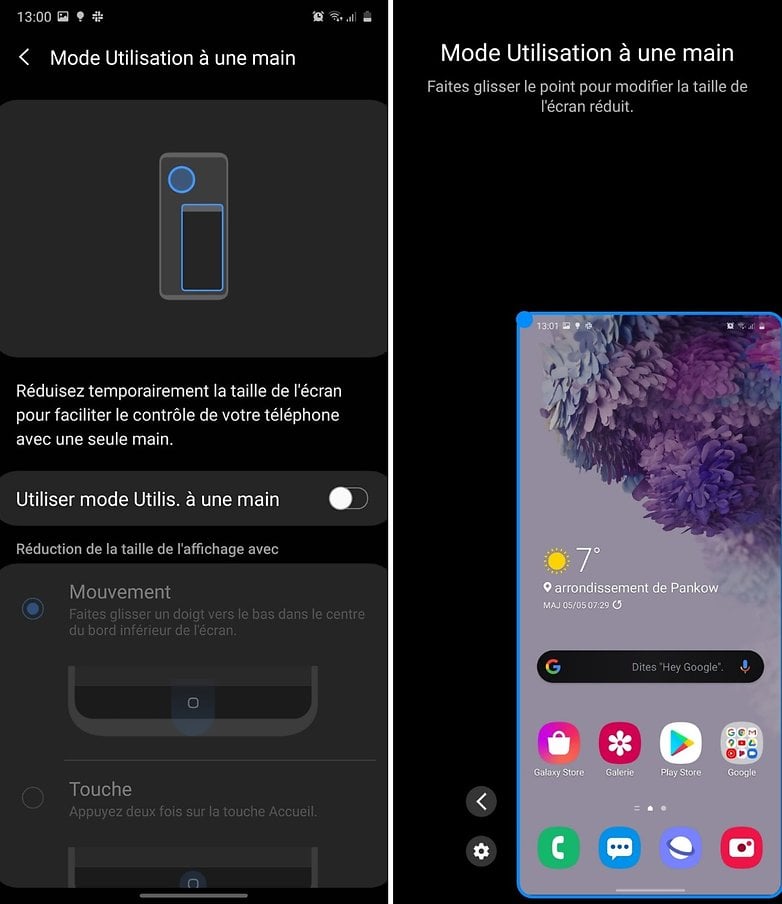
ColorOS 11 also allows you to reduce the size of an app at will and turn it into a floating pop-up window that can be moved around the screen. OxygenOS 11 ushered in the largest graphic redesign in recent history of the OnePlus overlay, where it has been completely redesigned in terms of ergonomics, moving most of the information and touch controls to the bottom of the screen, which is nearer to your thumb.
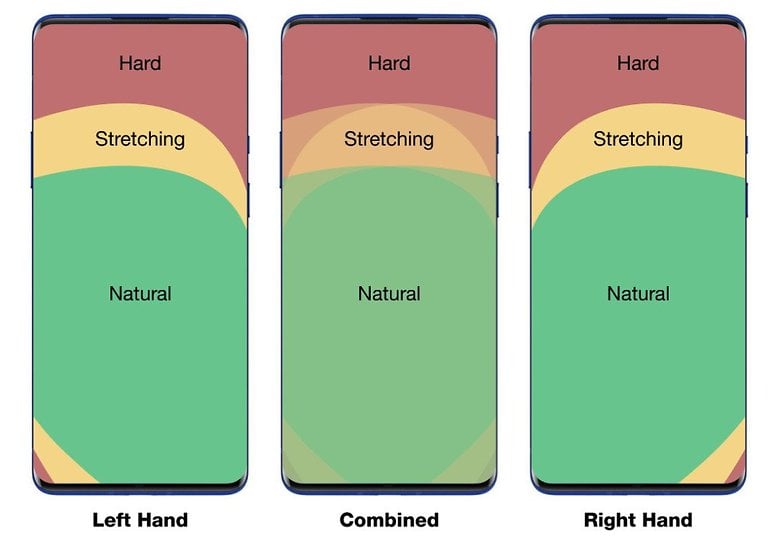
Increasingly, manufacturers are beginning to realise that there must be a hierarchy in the elements displayed on the screen. A hierarchy that must make the use of a hand in a more natural manner, without causing any discomfort to the user.
It's still a far better compromise, in my opinion. You do not have to make any sacrifice on the hardware while manufacturing the smartphone more ergonomic from a software point of view. Of course, there's still the clutter factor and the weight issue.
One thing is sure, Apple will once again launch, or re-launch, a fad that will surely be taken up by Android manufacturers as well. Just as Samsung taunted Apple for abandoning the 3.5mm headphone jack before doing the same, and just as Android manufacturers will no longer provide a charger in the box of their smartphones within a few years' time.
One thing's for sure, an increasingly smaller form factor will inevitably affect the performance of smartphones. Battery life, the number of cameras, a 5G modem, the cooling system, etc. These components are dependent on the size of the device. A change in software and user interface rather than simply working on shrinking the size seems to be far more preferable to me.
So, when it comes to compact smartphones, it's not the size that counts!
Also read on NextPit:
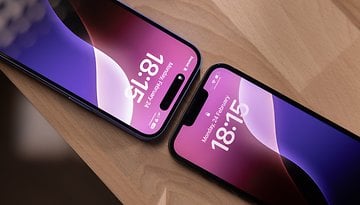
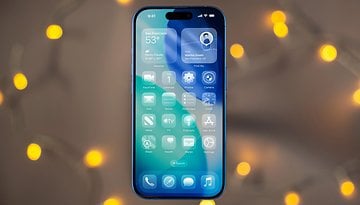
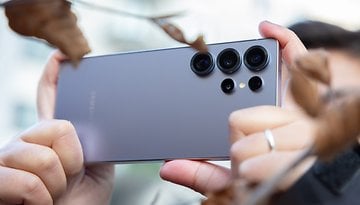
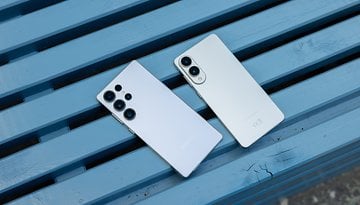





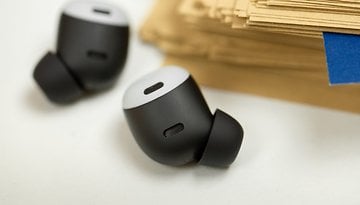
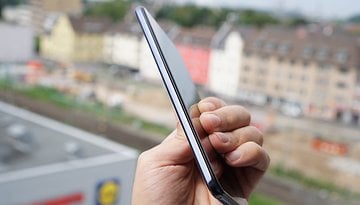



5.7 to 5.9 is my screen size sweet spot.
If i laser correct my vision I could like a phone in the 5.5 inch range. Maybe apple assumes its wealthy target market has deviceless corrected vision